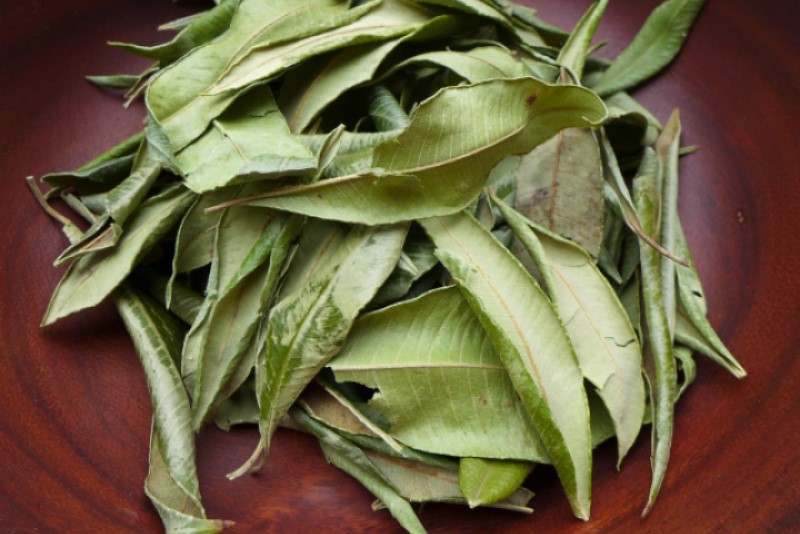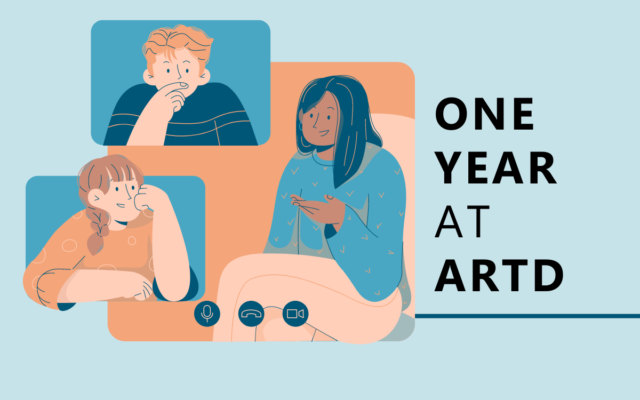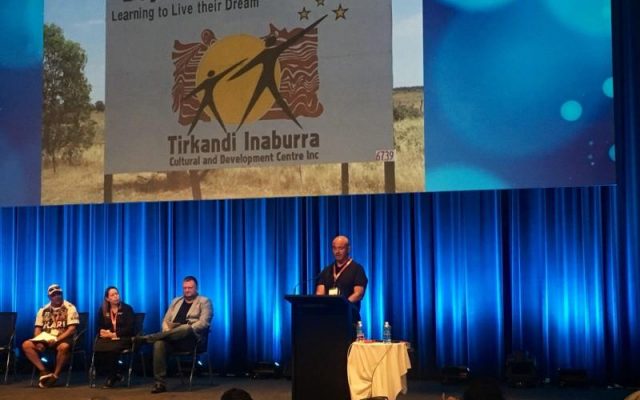
On Listening and Learning
This NAIDOC Week we are collectively reflecting on and learning about the survival, history, living culture and achievements of Aboriginal and Torres Strait Islander peoples. This week our teams have been invited to reflect on our connections to the Aboriginal lands on which we work, and on the excellence in evaluation practice being showcased by Aboriginal and Torres Strait Islander people. This blog is from our Meanjin (Brisbane) office, on Yugara and Turrbal lands.
This year, my eldest daughter started ‘big school.’ Except for a few evaluations in the education sector, it’s the first time since finishing school (more than twenty years ago!) that I’ve been up close and personal with the Australian education system. As it turns out, the early years and primary school curricula have changed in that time. The most obvious difference is the modern curriculum’s acknowledgement of and incorporation of Aboriginal and Torres Strait Islander history.
Growing up on the Darling Downs, we were fed a steady stream of Ludwig Leichardt, Burke and Wills and Allan Cunningham. We learnt how the ‘heroics’ of these men opened up arable land for pioneer ‘settlement’ It’s only now as an adult, I can see what I wasn’t taught: the ugly, murderous underbelly of those settlers’ colonial exploits. The forced removal of Aboriginal children, and the stolen land.
It’s different for my kids. They understand that this always was and always will be Aboriginal land. Recently, on a car trip, my eldest daughter asked, ‘Mum, who are the Aboriginal people from around here?’
Aboriginal and Torres Strait Islander ways of knowing are central to their learning. One of my eldest daughter’s classmates is from the Torres Strait. Her Aunty L is often in the prep classrooms, sharing stories, doing art or leading science experiments with the kids.
My littlest daughter and her kindy mates are right into gardening. Together, they’ve planted a bush tucker garden, with pigface, lemon myrtle and lilly pilly. They’re learning about how Aboriginal people use the plants for food and medicine. One of the educators bought some lemon myrtle tea and lilly pilly jam from a local Indigenous business, and the kids helped bake lemon myrtle damper, which they enjoyed with lilly pilly jam.
It took me until earlier in the year to feel confident offering an Acknowledgement of Country. But my little one can do this effortlessly, sitting with her friends each morning and greeting them and the place they meet on: “Here is the land, here is the sky, here are my friends, here am I.” Earlier in the year, Aunty L came into my preppy’s classroom to help the class write their own acknowledgement of country. It’s part of their morning ritual, now.
I feel shame that generations of Australian kids weren’t taught the true history of this place. I feel shame that I know far less about Bussamarai, Multuggera and Dundalli than I do about Burke and Wills, Matthew Flinders and John Oxley. I feel shame that I haven’t been a stronger advocate for Aboriginal and Torres Strait Islander people and communities. But I wasn’t able to be, because I didn’t know enough to ‘see’ the issues.
I’m fortunate to work with Aboriginal and Torres Strait Islander colleagues, who generously and gently challenge me to open my eyes. Broadening and deepening my perspectives on Australia’s true history has required deliberate effort: reading books by Aboriginal and Torres Strait Islander people, changing who I follow on social media, actively researching the Aboriginal and Torres Strait Islander history of the places on which I live, work and play. And listening—longer and harder, to what’s said and what’s not. What I know now is a drop in the ocean of what’s knowable, but I am grateful to be learning every day. And I am hopeful that my children, and their friends, will effortlessly integrate the knowledge of place, Aboriginal and Torres Strait Islander history and Indigenous ways of knowing and being, and lead us forward from our ugly past.




